One of the most essential aspects of the Understanding Based Model is to provide an alternative to the coercive process of litigation, judicial decision making, and even other approaches to mediation which rely upon the power of coercion to help move people through conflict. Toward that end, we think it is important for the mediator to meet together with all parties as much as possible, if not exclusively, through the whole process. This is intended to empower the parties by creating the opportunity to have a full understanding of all the realities they face, to assert their own perspectives, and to understand each other’s perspectives.
While we think it is important for the mediator to provide a structure for the parties to have constructive communication, we think it is also important that the process itself not be one that the mediator imposes on the parties. What this means is that as much as possible, we want to enlist the parties as participants in designing the process, which we call the “how”, in order to reach an agreement on the substance or “the what”, which is determined by the parties.
So at each stage of the process, when the mediator suggests a task to move the mediation forward, we suggest using the following steps to engage the parties’ real participation, understanding and agreement regarding how we are proceeding.
First, the mediator describes the task such as describing the history of the dispute, understanding what is important to the parties, brainstorming options, or other tasks that will be completed during the mediation. Once the mediator has described the task and the parties understand the task, we don’t think it is enough to be able to simply proceed because they seem inclined to go along with the mediator’s suggestion. Because parties often feel vulnerable and want to rely on the mediator as the expert on how to proceed, we want to engage not only the parties’ understanding but their active support for proceeding with the task. So we don’t stop with the description of the task and asking for consent.
We then ask the parties to tell us if they think the task would be valuable in moving the process forward, and if so, why they think it would be valuable. As mediators, we might have an idea of why we think it would be valuable. But what is more important than our ideas are the parties’ motivations that we are trying to tap in the moment if they have their own reasons why the task is valuable. We also ask the parties about any concerns they have about the task. By having a conversation not only about what they parties find valuable about the suggested tasks, but also any concerns they might have about the task, we are encouraging people to fully evaluate the described process. Often when parties register concerns, the task is reshaped to respond to and better fit the parties’ individual abilities and needs. By engaging the parties’ active participation in designing the task, the parties will also likely feel much more committed to participate fully and actively. If the parties have lawyers in the room, it is also essential to enlist the lawyers as well as participants in designing the process so that they feel that their clients are adequately protected and that the direction of the mediation makes sense to them.
This approach to structuring the process requires the mediator not to be so invested in their own idea of how the parties should proceed that he or she subtly or not so subtly pressures the parties to proceed in a way that might not make sense to one or both parties. It is very tempting when we have an idea as mediators about how to proceed that has been successful in other mediations to assume that our idea will work for everyone. But it is sometimes true that our idea will not work for everyone and we need to be ready to respond to the individuality of the situation and who the parties are in terms of their sophistication, intelligence, emotional states, negotiation experience, and capacity for intellectual understanding of not only the problem but the procedures that are being used.
This does not mean that if the parties and or lawyers make a suggestion for how to proceed that doesn’t make sense to the mediator, that the mediator simply agrees to adopt the suggestion. Because the mediator needs to include themselves as a party to the negotiation about the process, if the mediator disagrees with the parties, then that disagreement needs to be worked through before the mediation can proceed.
This also means that the mediator should not simply give up an idea of how to proceed if the parties’ first reaction is negative. It may be that the mediator will need to live with the tension of having a conversation with the parties where his or her idea is fully explored before giving the parties the ability to reject the idea. However, there is a clear danger that when the mediator feels strongly that their idea is “right” for the parties that the mediator will be too reluctant to let go of the idea, particularly if they don’t have another idea in mind about how to proceed.
Structuring the process requires the mediator to have both an ability to assert and also the ability to be sensitive and receptive to the parties’ response. This is one of the fundamental tensions that we think needs to be at the heart of an Understanding Based Model. Structuring the process in this manner may seem like an arduous and unnecessary step to some, but we feel that this is the best antidote to a coercive process and provides the best opportunity for the parties to really feel engaged in and invested in the mediation process.
